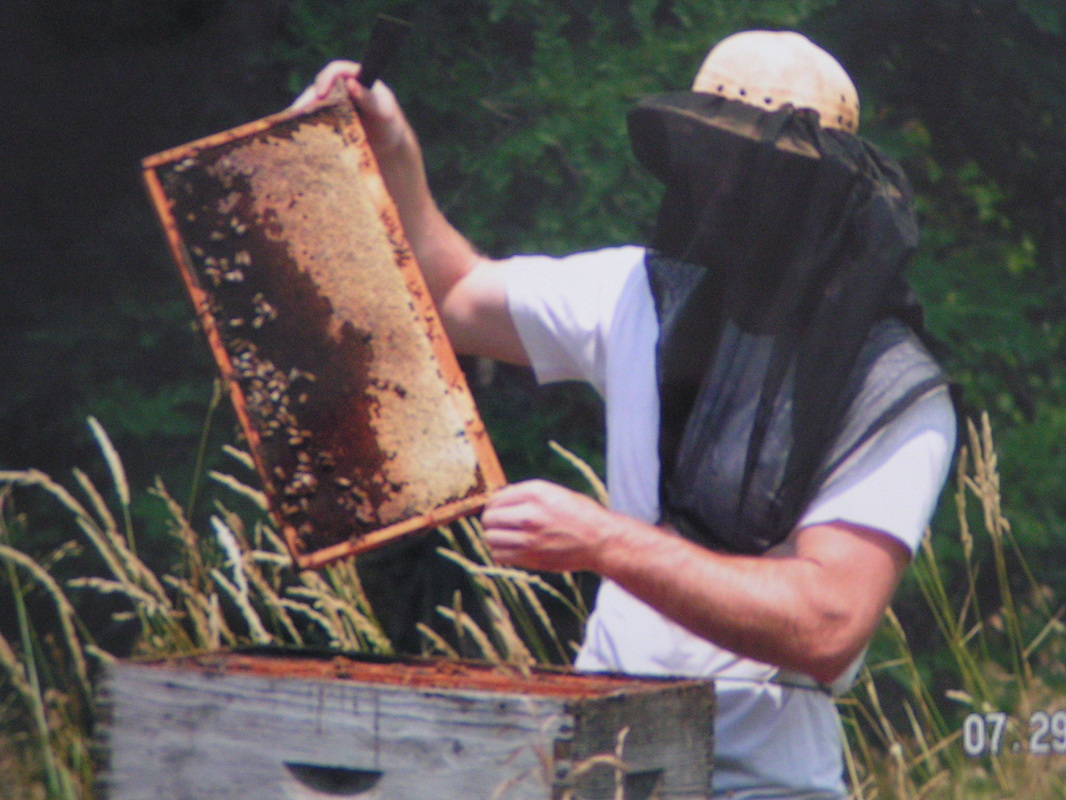Across the pond, the European Union has made major strides in shedding light on the role of certain pesticides in honeybee deaths. In fact, the European Commission has proposed a two-year ban on these pesticides. Meanwhile, at home, beekeepers remain frustrated that the U.S. government is not as forward-thinking. And, for another year, the saga of bee deaths continues.
The pesticides in question are called neonicotinoids. It’s a mouthful, but the root word is 'nicotine,' because they are chemically similar to the addicting tobacco compound. The most common of these is a pesticide called imidacloprid. Two others are clothianidin and thiamethoxam...
"When first introduced, neonicotinoids were thought to be relatively 'environmentally friendly' pesticides. Often they can be applied without spraying, by either treating seeds prior to planting or drenching the soil. The pesticides are taken up by and spread throughout the plants. Every part of the plant – including the pollen and nectar – contain pesticide residues. In theory, these chemicals will only poison 'bad bugs' that eat the plants.
A new report published by the European Union’s European Environment Agency chronicles a similar story as it unfolded in France. Back in the 1990s, French beekeepers noticed their bees dying in unprecedented numbers and they connected it to a then-new pesticide used in sunflowers, imidacloprid.
Nailing down the science on how much imidacloprid it takes to kill a bee and how much imidacloprid bees are exposed to was not easy. First, the amounts of imidacloprid in pollen and nectar fell below Bayer’s detection limit of 10 ppb. A decade later, France’s Scientific and Technical Committee for the Multifactor Study of the Honeybee Colonies Decline (CST) validated findings that the pesticide showed up in the pollen of treated sunflowers and maize at the rates of 3.3 ppb and 3.5 ppb, respectively, and in the nectar of treated sunflowers at 1.9 ppb...
"Although there’s little private citizens can do, beyond submitting comments to the EPA about these pesticides, contacting your representatives, and perhaps even getting your own beehive, you might be surprised to find out that these toxic pesticides are widely available for home use. Bayer sells imidacloprid in products sold for use on roses, flowers, shrubs, trees (even fruit and nut trees!), and lawns. Even the flea treatment Advantage sold for your pet contains it!
If you use a landscaping service or hire an arborist, they might have access to even more potent forms of these pesticides. Be sure you know what they are using – and remember that the bees are consuming any nectar or pollen produced by your plants, even if you think of those plants as non-edible."
Without honeybees, we may cease to be
By Jill Richardson

 RSS Feed
RSS Feed
